Cycles Toussaint
When Evan Hu was six years old, his father took him to the Eaton’s store in Winnipeg in September and bought him his first bicycle. The little, red shiny bike sat off in the corner of the clearance centre and Hu’s father bought it for 50 per cent off.
In the spring, Hu went to work on the bike. He stripped off the fenders, turned the handlebars around, and then took a hacksaw to them to chop them shorter. “It was in my blood to start modifying things,” Hu recalls.
Hu hasn’t stopped since. Hu and his business partner, Angus Cowan, own Calgary’s Cycles Toussaint, a boutique bicycle frame-building business that creates bikes that look like they’ve sprung from another era.
If Hu's bikes harken back to a distant past, then the serial entrepreneur who has founded no fewer than four start-ups is very much of his time. Hu has successfully sold three of his firms, while his current venture is Knelf, an app and messaging platform that sends questions back and forth between mobile phones to spark conversations between people.
Cycles Toussaint is sparking conversations, as well. A Vancouver bike shop owner calls Cycles Toussaint 'The King of Bling.'
There are two models, the Velo Routier and the Citie. The former is an all-purpose machine capable of handling smooth pavement and rough dirt roads equally and designed for long-distance touring. The latter, as its name suggests, is a city commuter that positions its rider in a comfortable, upright posture.
Both bikes possess the kind of detailing and parts that cycling enthusiasts moon over: light-weight cro-moly frames; leather seats; braze-ons for touring racks, water bottles and pumps; high-quality shifters, brakes and cranks.

Cycles Toussaint sells online and through a small network of dealers. “It’s a tiny, niche business,” Hu says. “I call it a slow business. I was inspired by the slow food movement.”
So far, Hu and and Cowan have honoured that slow philosophy. The business is a part-time venture for the tech industry executive and even somewhat of a family affair; his sons help assemble the bikes when a large order arrives and the Hu and Cowan home’s basements are crammed with parts and frames.
Hu made a promise to himself and his family that he’d only spend four hours a week on the business. Since starting Cycles Toussaint in 2012, Hu and Cowan have sold 140 bikes.
Right now, Hu is working a couple of new stainless steel prototypes. Harkening back to his slow analogy, he says, “We’re kind of like the bakery where you make so many buns and then when they sell out, they sell out.”
'It was freedom'
Hu can’t even remember the first time he began to ride. A black and white photo from the 1960s shows the Kingston-born, Winnipeg-raised, two-and-a-half-year old straddling a tricycle in his back yard. “I’ve always loved bikes,” he declares.
Growing up in Winnipeg, Hu recalls the family didn’t even own a car until he was nine years old. He rode his bike to school every day and after school and in the summer his parents weren’t concerned where Hu and his younger brother went.
The pair would jump on their bikes and take off into Winnipeg’s river valley, riding for hours at a time. To fortify themselves, they’d stop at a pharmacy and get a bottle of pop and a bag of chips.
“That would be our day,” Hu recalls. “I know no one would dare let their kids at age six and eight ride around on their bikes in the Winnipeg river valley now. It was freedom.”
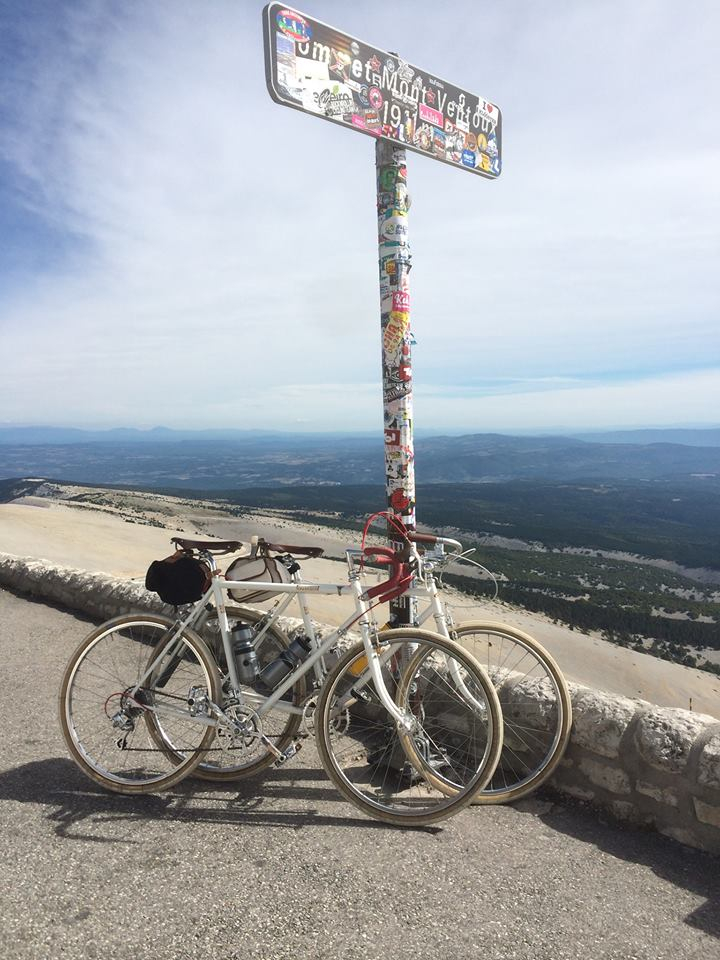
Throughout high school and university, Hu worked in bike shops and assembled bicycles for department stores. But his seasonal dalliance as a bike mechanic came to a halt after he graduated from Edmonton’s University of Alberta with a degree in engineering. It was time for Hu to get serious about his career.
After three years as a systems engineer at Imperial Oil, Hu co-founded the business management software consulting company, OmniLogic. By the time he sold the firm to PriceWaterhouseCoopers, it had grown to over 500 employees in five offices across Canada.
Hu went on to found MapleMusic, Canada’s largest independent music publisher and distributor (now known as Cadence Music Group); and Ideaca, a management and consulting firm that Hitachi Solutions acquired in 2013.
He’s also a certified executive coach who works with entrepreneurs, executives and senior managers of start-ups, as well as an adjunct professor at the Mount Royal University Bissett School of Business.
Even so, Hu still found time to race bikes, both on the track and the road.
A shift occurs in cycling
In the back of his mind, Hu continued to think about the bike industry, knowing that he wanted to do something that involved bicycles.
His first opportunity came in the 1990s. He had a few friends, all engineers, attempted to set up a shop that would manufacture custom mountain bike frames. They built a few frames and then decided to put the idea on the back shelf. They’d arrived too late.
Mountain biking was undergoing one of its regular, periodic transitions.
As a sport, mountain biking originated back in the 19th Century. The Mountain Bike Hall of Fame cites the 25th Infantry Bicycle Corps, a regiment of riders who in August 1896 rode from Missoula, Montana to Yellowstone National Park and back.
“Their mission: to test the bicycle for military use in mountainous terrain.”
Mountain biking as the sport we know today was born in the mountains of Marin County just outside of San Francisco. There, on Mount Tamalpais, the popular mountain bike scene started to explode in the early ‘70s when riders began restoring and modifying old Schwinn bikes, among others, and blasting them down the mountainside as fast as they could go.
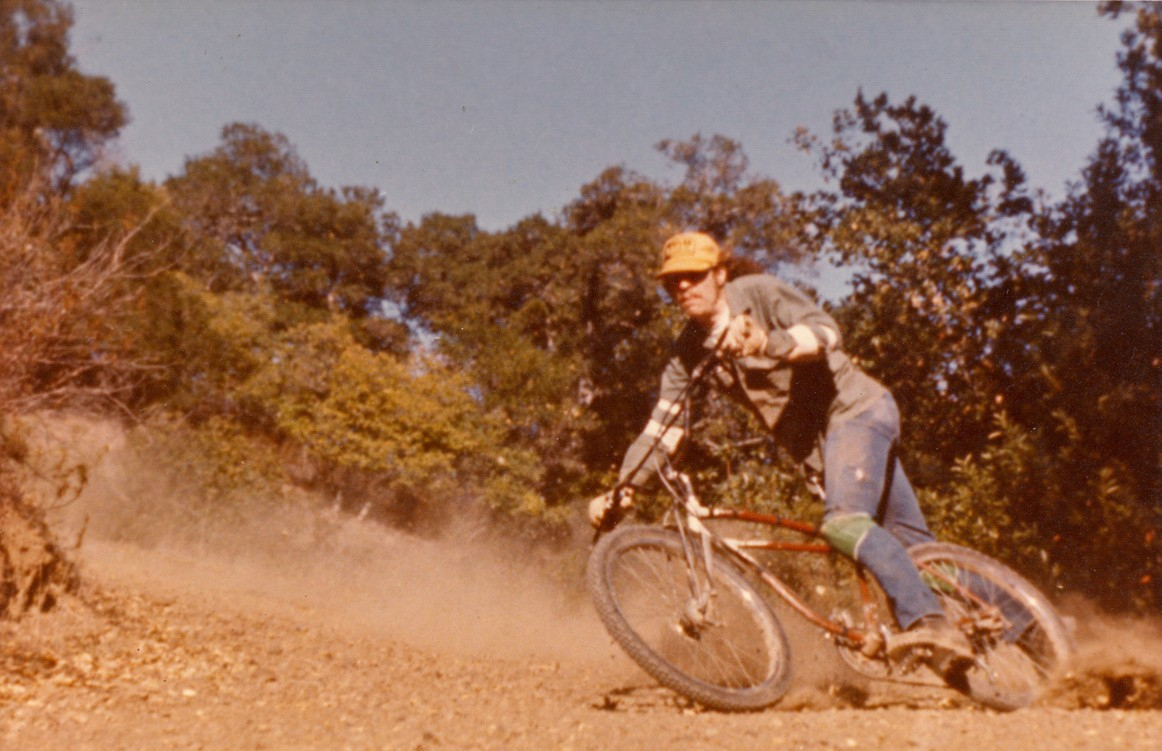
Some of the sport’s earliest frame builders were among the riders, including Gary Fisher and Charlie Kelly. As mountain biking matured, frame builders like Fisher and Tom Ritchey used lighter materials to fashion faster, rigid bike frames, which for many years became the industry standard.
But by the time Hu and his friends decided to get into the business the classic, rigid frames with steel tubes brazed together were becoming a thing of the past. The market was shifting to bikes with front and rear suspension.
“There was just too much engineering in them to contemplate,” Hu remembers. “We quickly realized at the time that by our calculations were going to make something like $3 an hour.”
At the same time this was happening, Hu was becoming equally disenchanted with racing. At the industry level, cycling had gone from a grassroots movement to a big business and changes - not necessarily good ones - were sweeping through the bicycle world.
For one thing, drug doping was becoming prevalent, even in the amateur world Hu raced in. “Steroid and drug culture was just frustrating and it turned me off a lot - especially when I was in amateur races and the guys at the amateur races were doping,” Hu says.
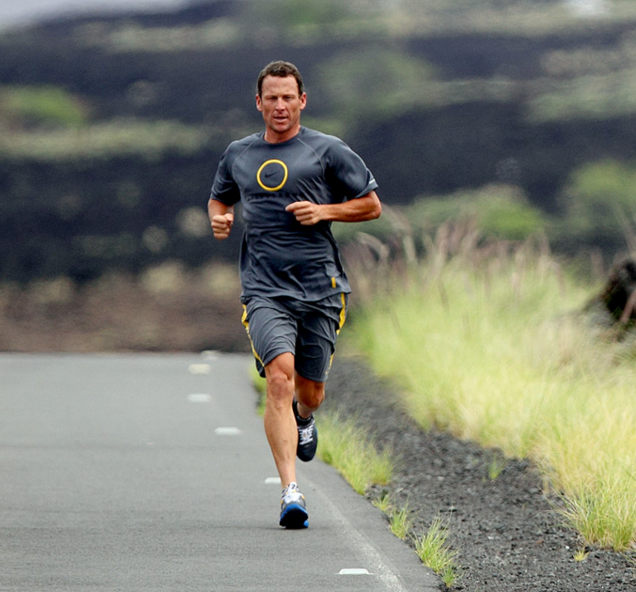
“That was the thing that turned me off organized racing.”
Because of industry connections, Hu also became aware earlier than most that at the professional level the much-revered, multiple Tour de France winner, Lance Armstrong, was doping as well.
It wouldn’t be until 2013 that Armstrong would go on the Oprah Winfrey show and confess on-air in front of millions of viewers to the television host, irrevocably shaking up the professional cycling world forever.
Reinventing the wheel
Even as Hu pulled away from racing, he watched the cycling business transform itself into an industry behemoth. Since 2003, annual sales in the U.S. have fluctuated between $5.8 and $6.1 billion.
Somewhere along the way, bikes suddenly introduced annual models with new must-have color schemes, fashions and ever-lighter technology. “I was getting a little jaded by the mentality of big business running bicycles and bicycles becoming more of a fashion,” Hu says.
By 2000, Hu spent his time doing a lot of solo touring, building bikes for himself and his friends, and just riding to ride. But then he came across 650B wheels.
The 650-B was an example of the bike industry literally reinventing the wheel.
At the time the standard wheel sizes were 26 inches for mountain bikes and 700 cc for road bikes. The industry was just beginning to introduce the 29-inch mountain bike wheel, which was gaining traction because the larger wheel rolled better through the trails.
The 29er’s disadvantage is the wheels can be heavy; that’s when someone decided to reintroduce the 650-B. In France in the 1930s, ‘40s and ‘50s, the average bike in the rural areas - where many people didn’t own cars - came equipped with the medium fat tires of the 650-B.
They weren’t mountain bikes or touring bikes, but rather working bikes meant for transport and designed to handle the region’s dirt and cobblestone roads. The tires are three-quarters as wide as those on a modern mountain bike.
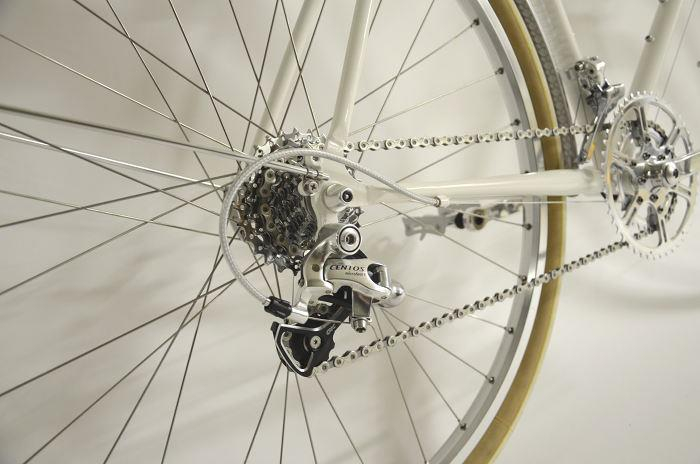
In between 1951 and 1956, the French Velo Cross Club Parisien put the 650-B tires to good use. The 20-some cyclists added suspension forks - mostly from mopeds - to their bikes and used the tires to launch themselves into the air and hit speedy flow sections in a style reminiscent of today’s sport.
The 650-B tires also made their mark in the early days of North American mountain biking; most of the coaster bikes first adapted to downhill racing at Marin were equipped with that tire size.
While in Europe traveling, Hu came across some old 650-B bikes and ended up renting one. Hu had converted one of his mountain bikes into a touring bike, but found it too heavy. “It was lifeless and had not ride quality,” he recalls.
But the old Peugeot he rented in Europe rode beautifully, despite being beat up, and handled well on the rough roads. Returning to Calgary, Hu found a couple of companies were making 650-B-specific frames and he began to believe he might be able to make the frame building business work this time.
A more enjoyable bike
Hu started to play around with computer-aided design and cut up some old frames. By then he’d met a guy in Calgary who used to be with the Cirque de Soleil and who was making mountain unicycles and circus gear. He had the designs he made manufactured in Taiwan and sold them through the Internet.
Through his contact, Hu found a small frame manufacturer in Taiwan and in 2012 the first container of bikes arrived in North America, and Cycle Toussaint began selling them in 2013.
Hu calls the Taiwanese the best production frame manufacturers in the world now. “The took the torch from the French, the British and even the Japanese to make high-quality, medium-priced frames.”
The factory where Cycle Toussaint’s bikes are manufactured employs some eight frame-makers, who have performed their job for some 30 years. says at one time or another they made frames for nearly every large bike company.
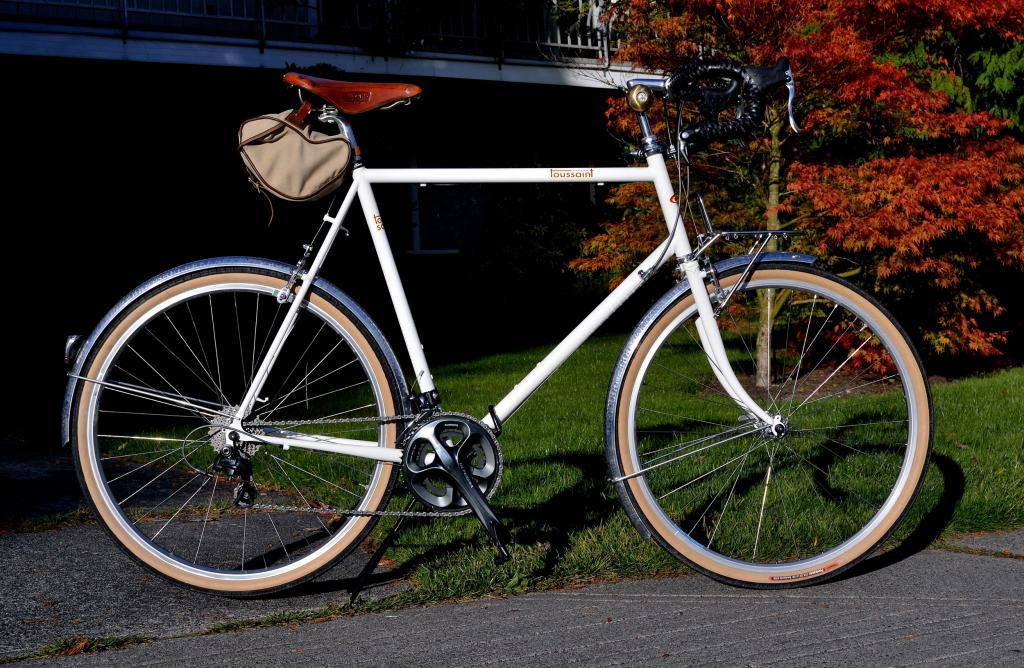
While the cycling industry has largely moved to aluminum and carbon fibre from frames, Hu sticks with steel. He’s not a fan of carbon fibre, which he declares is great material for serious racing cyclists but a poor material for the average rider since it’s not resilient to every day battering.
“I’ve seen some pretty disturbing stuff, and think it’s a dirty secret of the industry that the combination of undetected damage and sometime poor quality construction has led to some catastrophic failures.”
A scratch or a crack in a carbon fibre frame caused by a crash is very hard or impossible to detect visually but can cause it to fail disastrously, with a front fork or head tube junction snapping suddenly during a ride, for instance, according to Hu. On the other hand, damage to steel frames cracks in steel frames are usually visible, generally develop slowly and Hu says riders can feel the changes in the ride often before it breaks.
With Cycle Toussaint, Hu’s ambition is to provide an alternative to the stylish but clunky city bikes that “ride like they’re lead pipes.” He wanted to create a bike that would be more enjoyable to ride and at the same time durable. “We wanted them to be light and lively, so that climbing a hill wouldn’t be a slog.”
While Hu says Cycle Toussaint might become a business that supports him and Angus full-time, it’s clear he’s in no rush to make the company any bigger than it is. He notes that they’ve sold out of one of their models for 2016 and says they won’t get a container in for another year.
“Literally, I’ve taken the slow food movement and applied it to bicycles, saying I’m just going to keep this business small.”
And with that, like every good hero, Hu rides off into the sunset.

